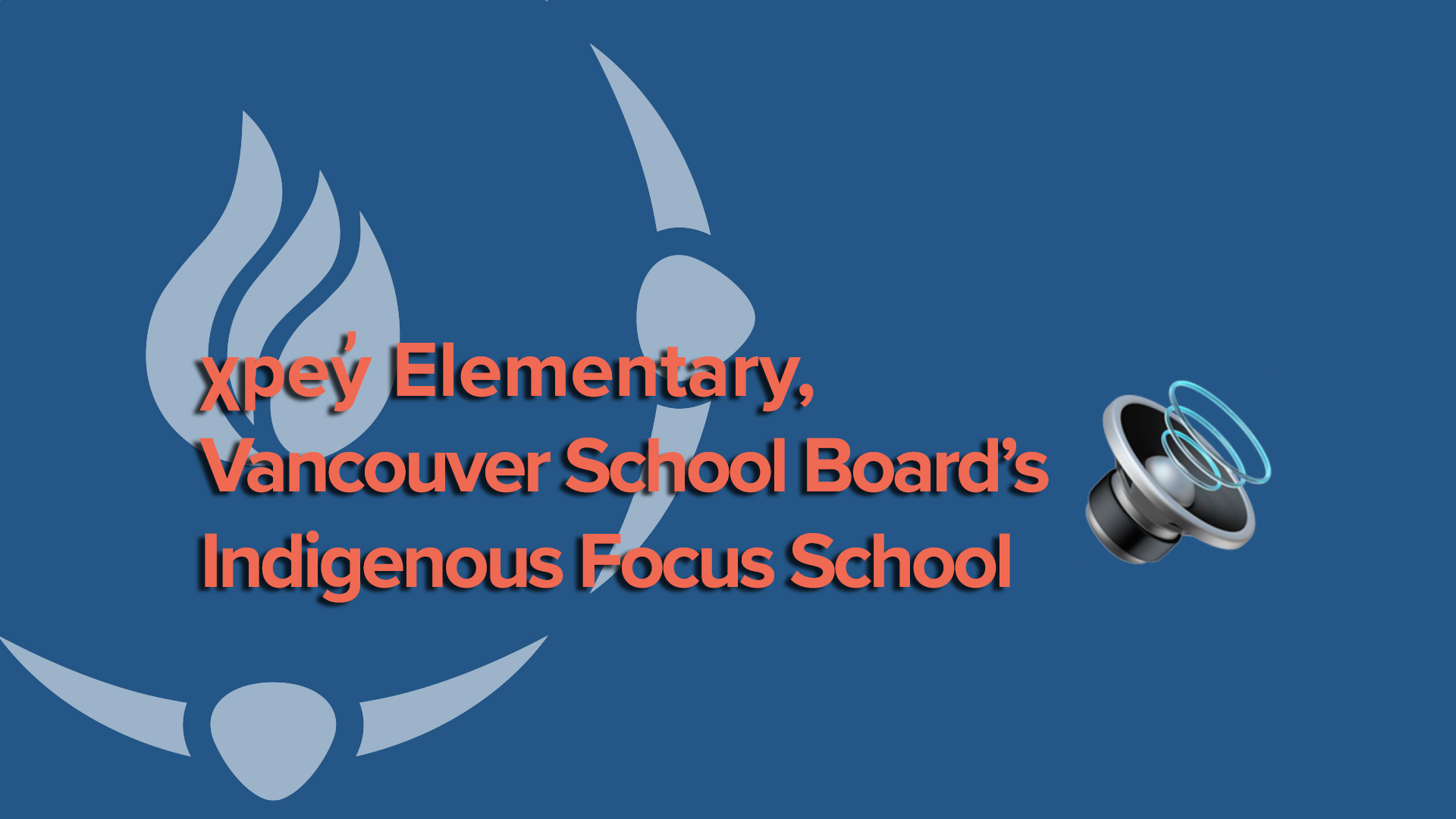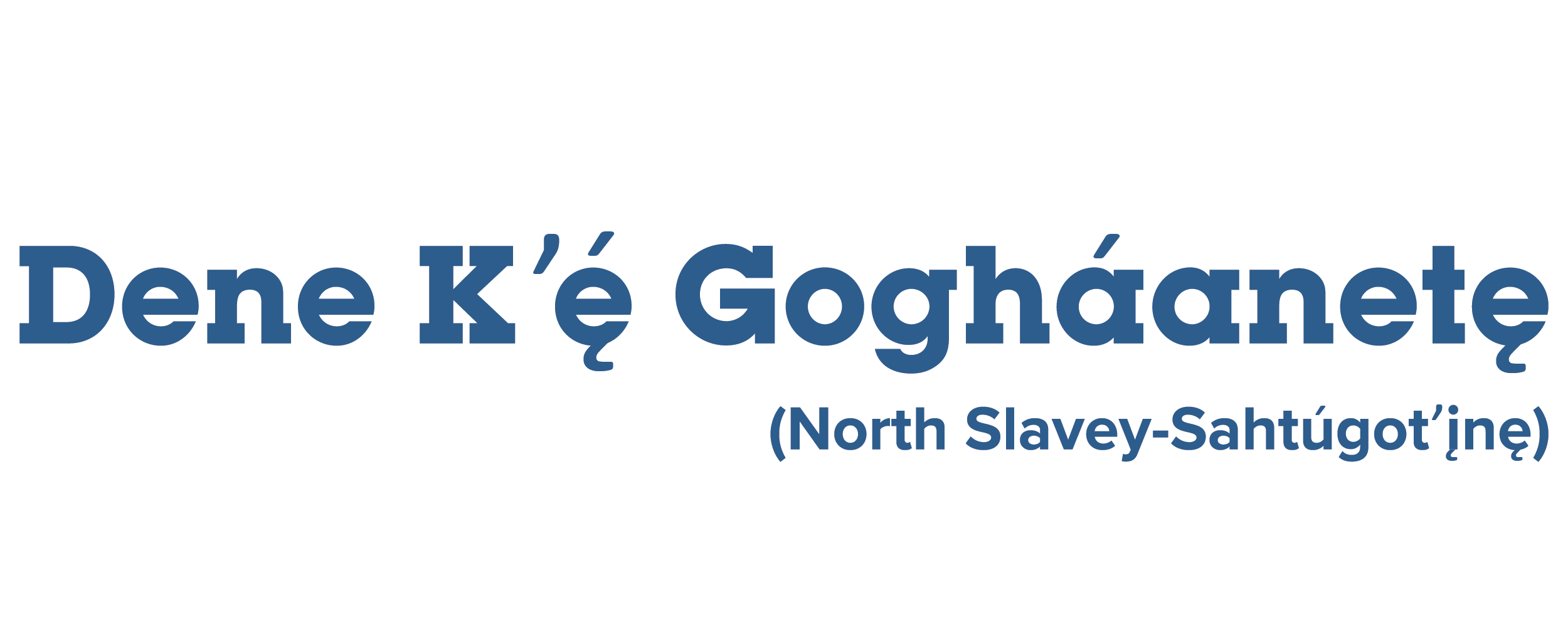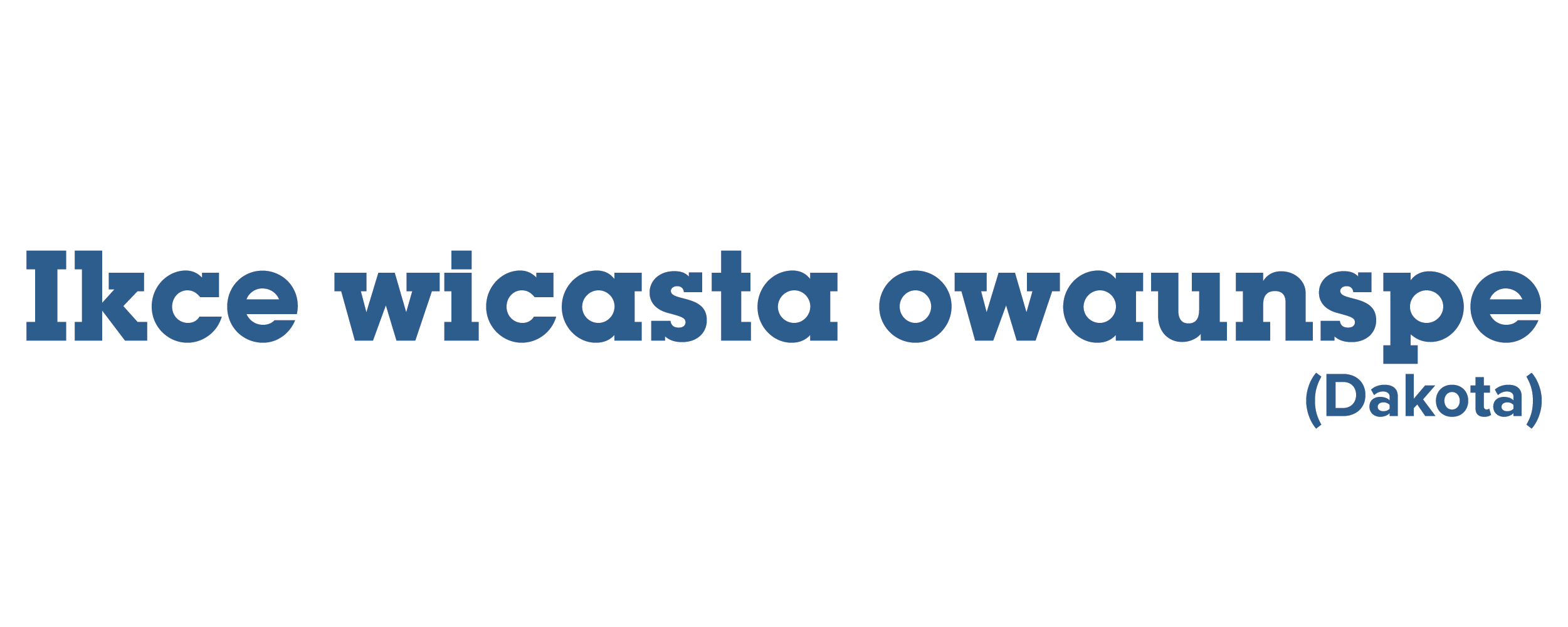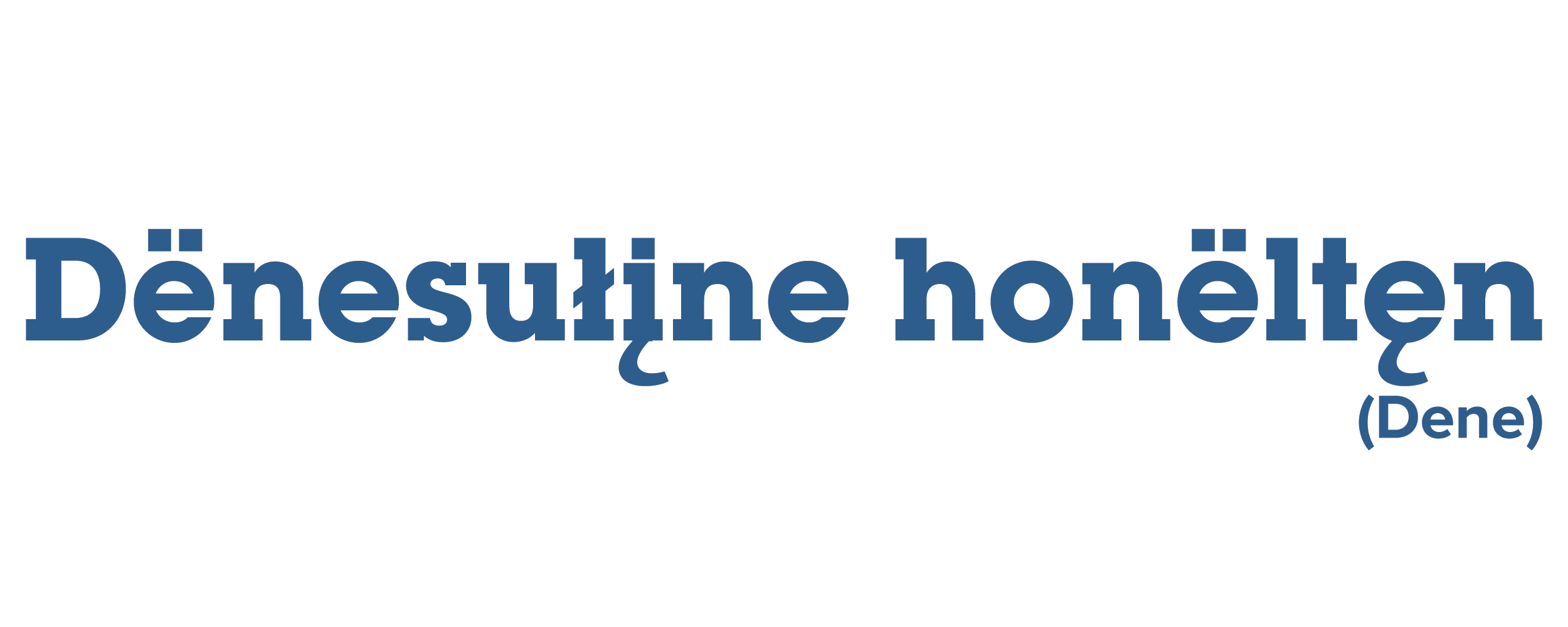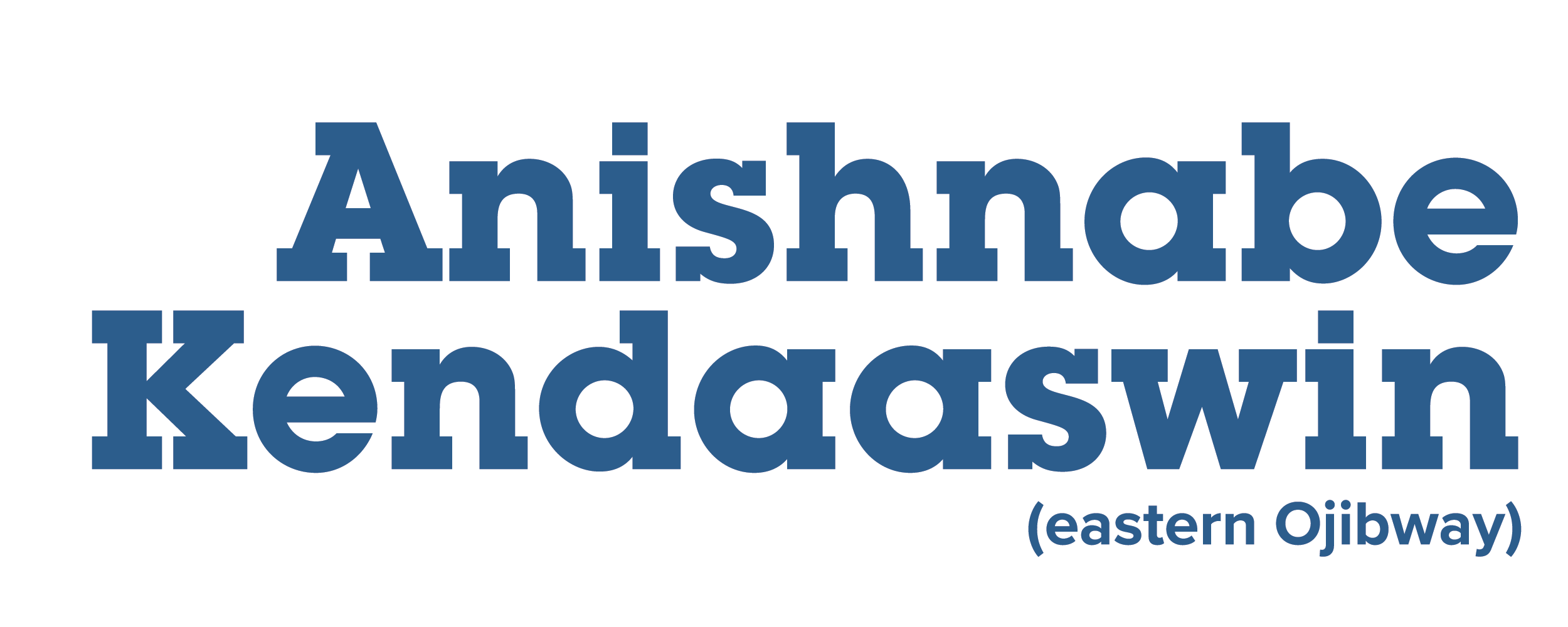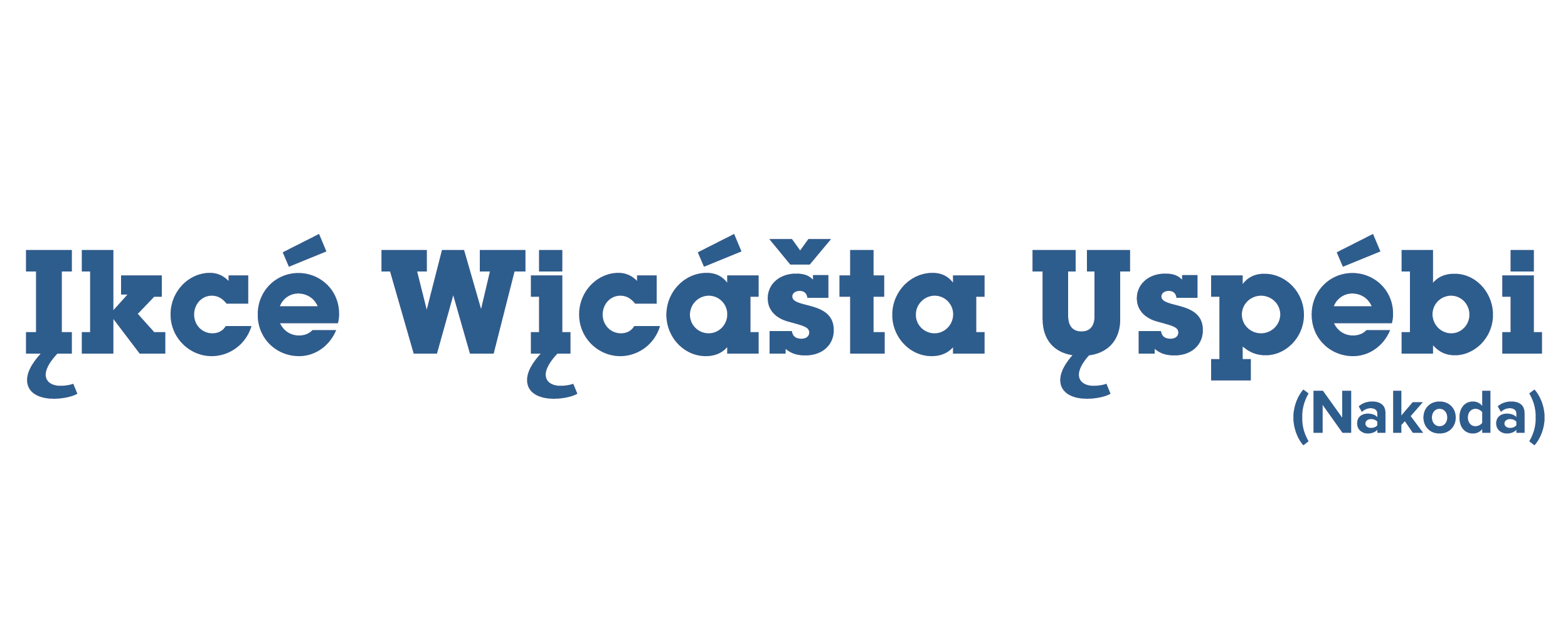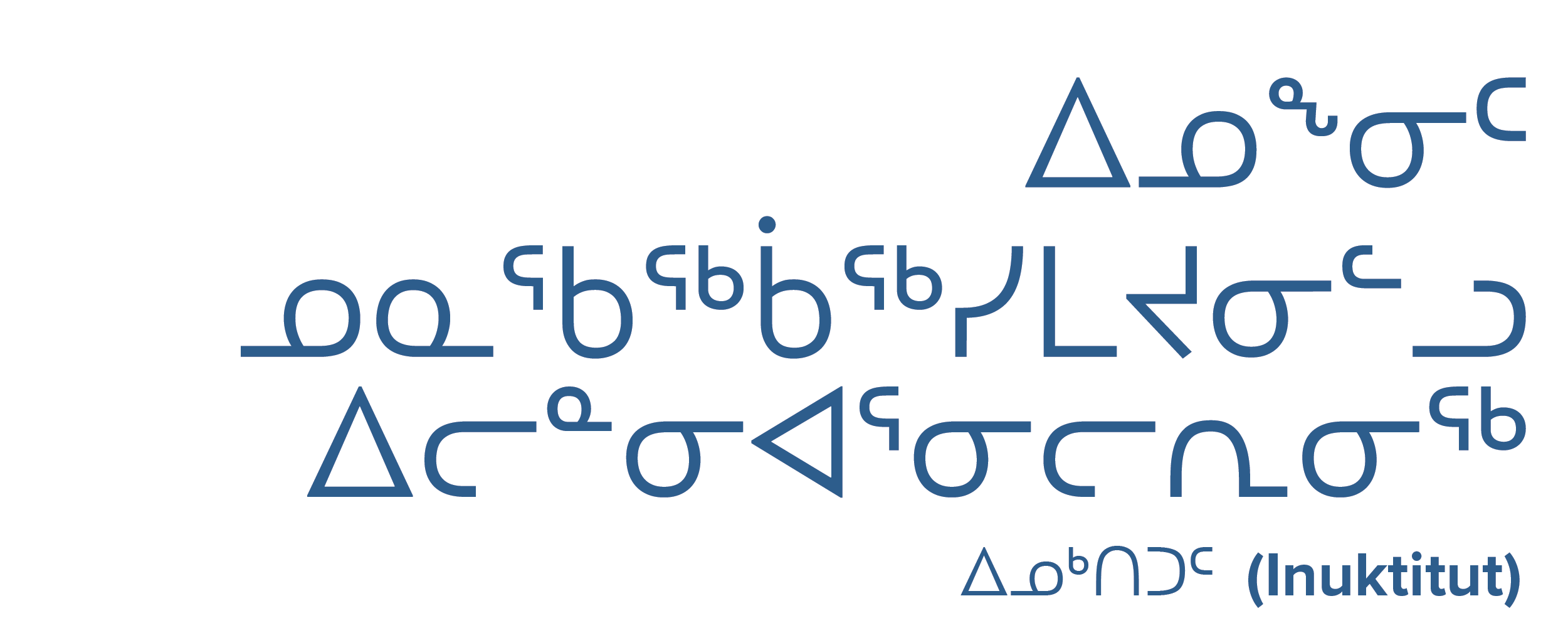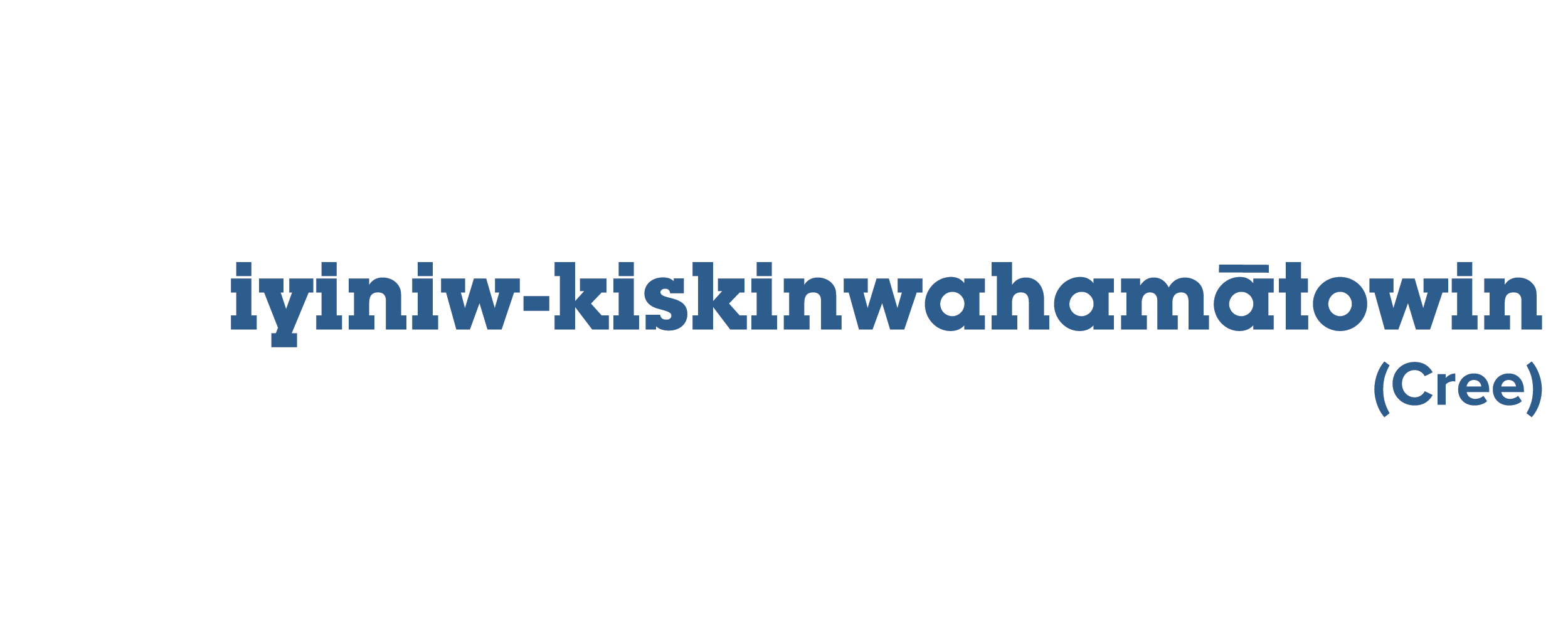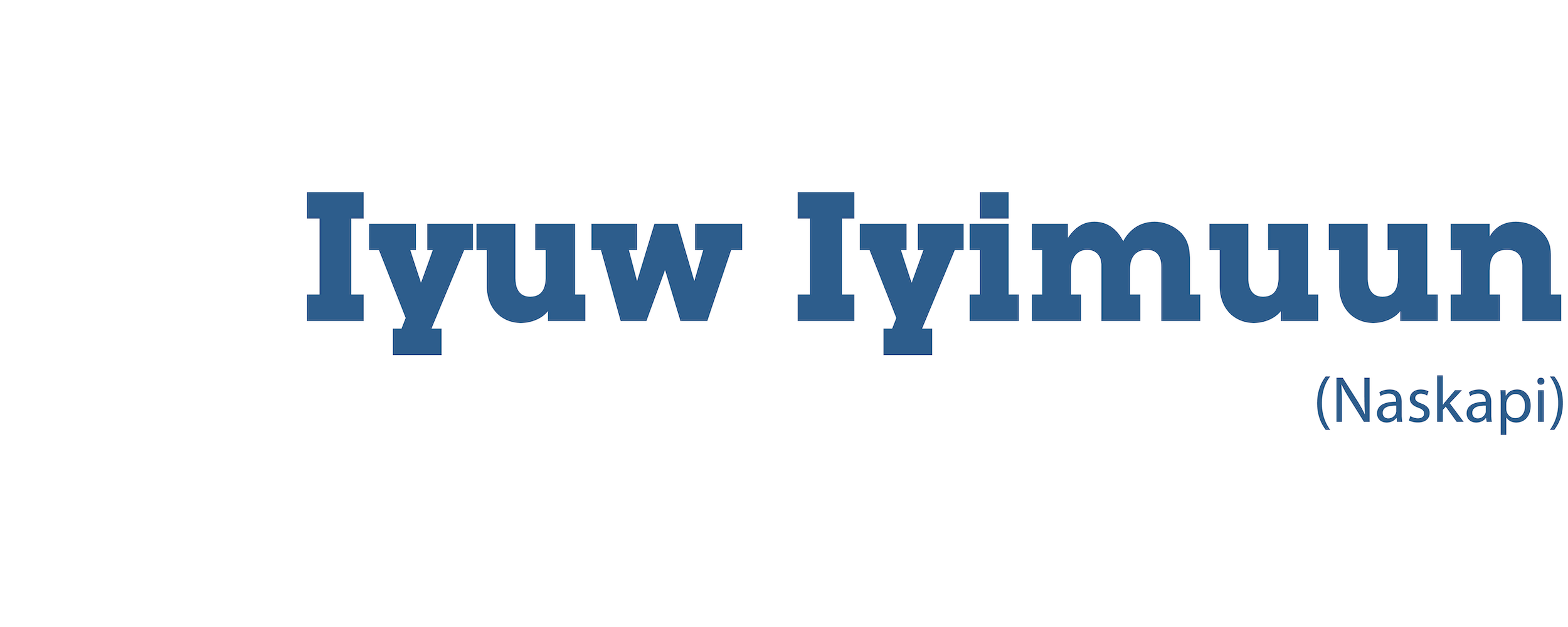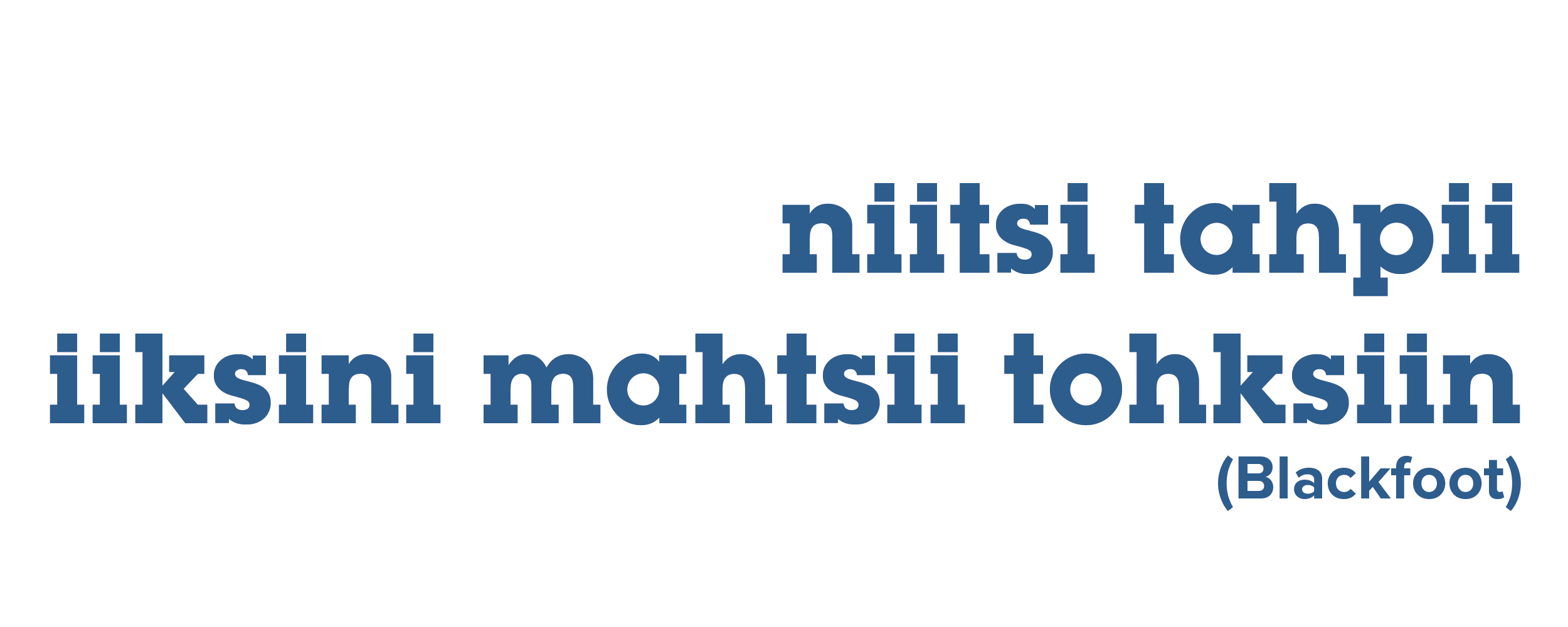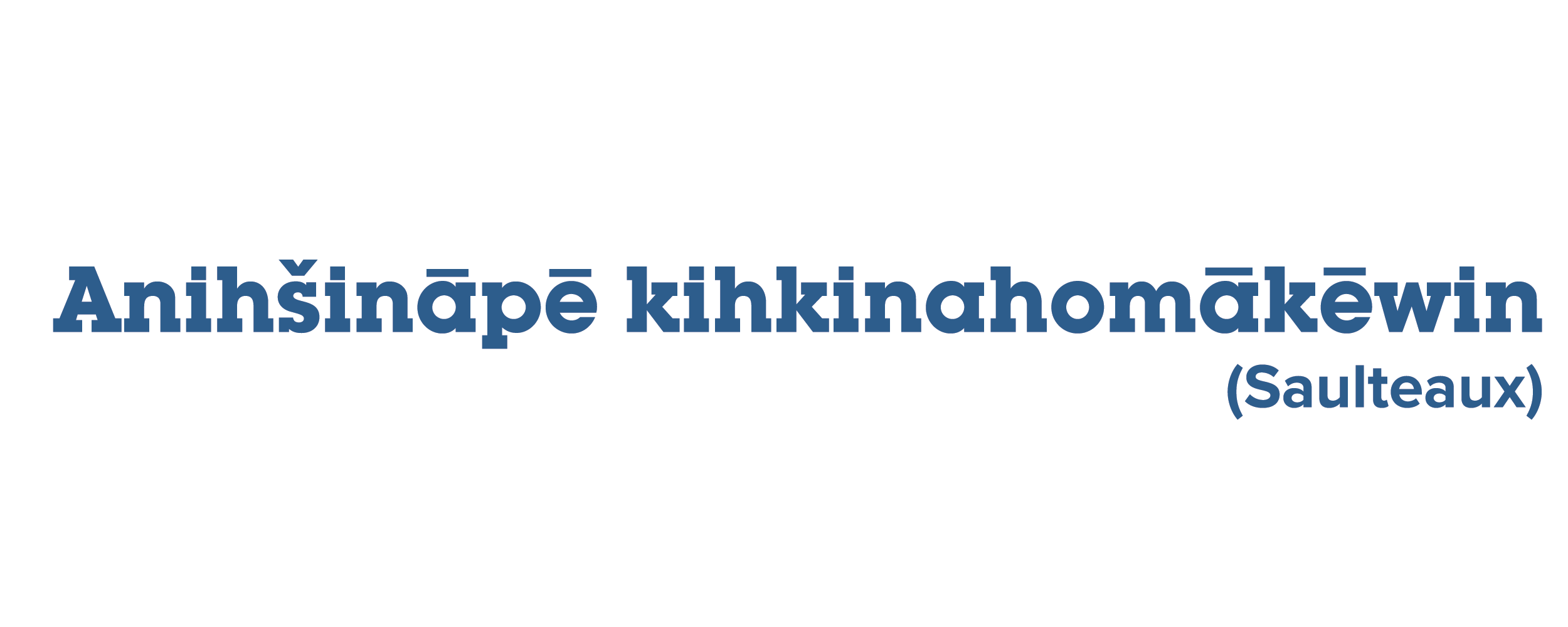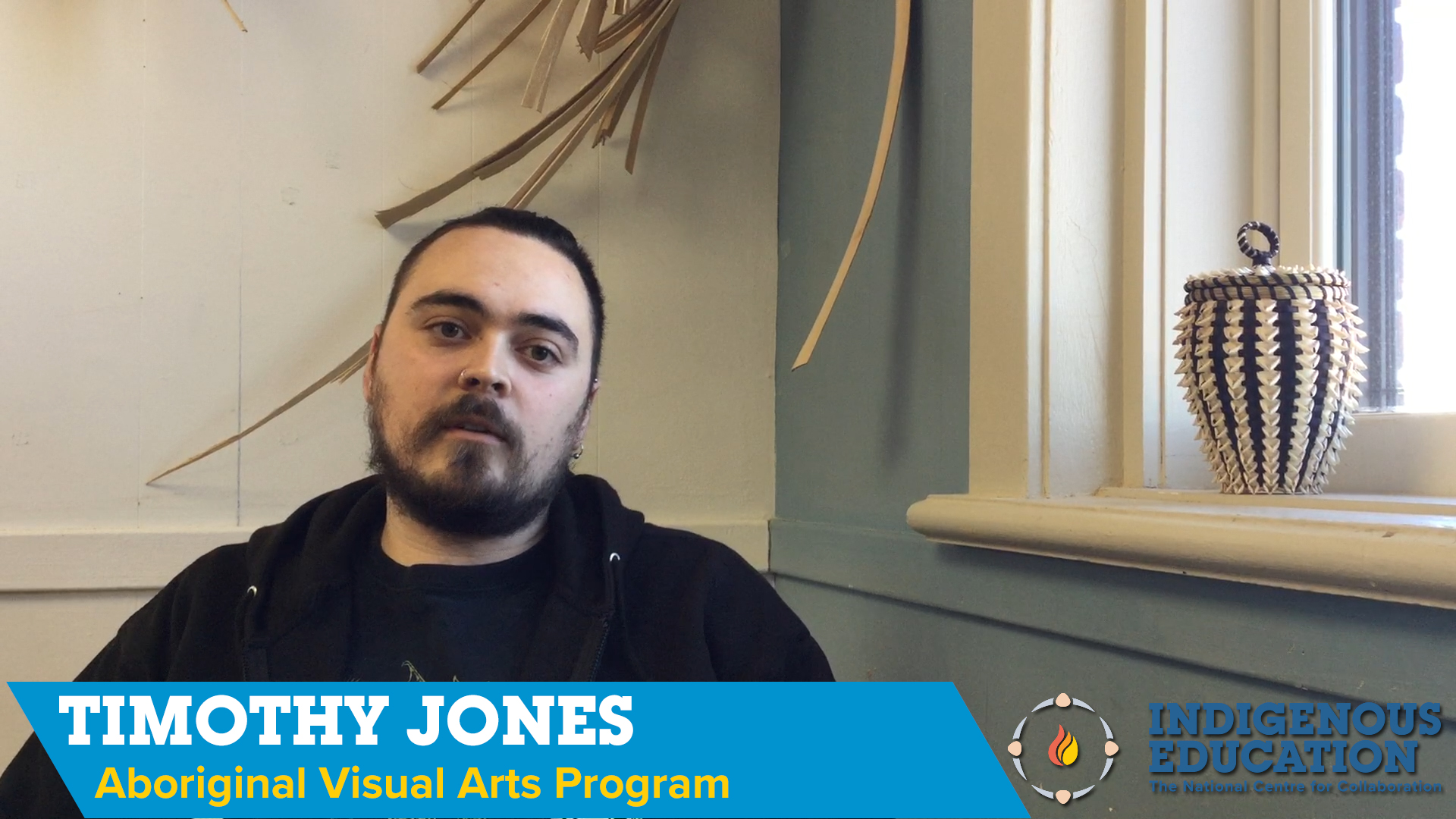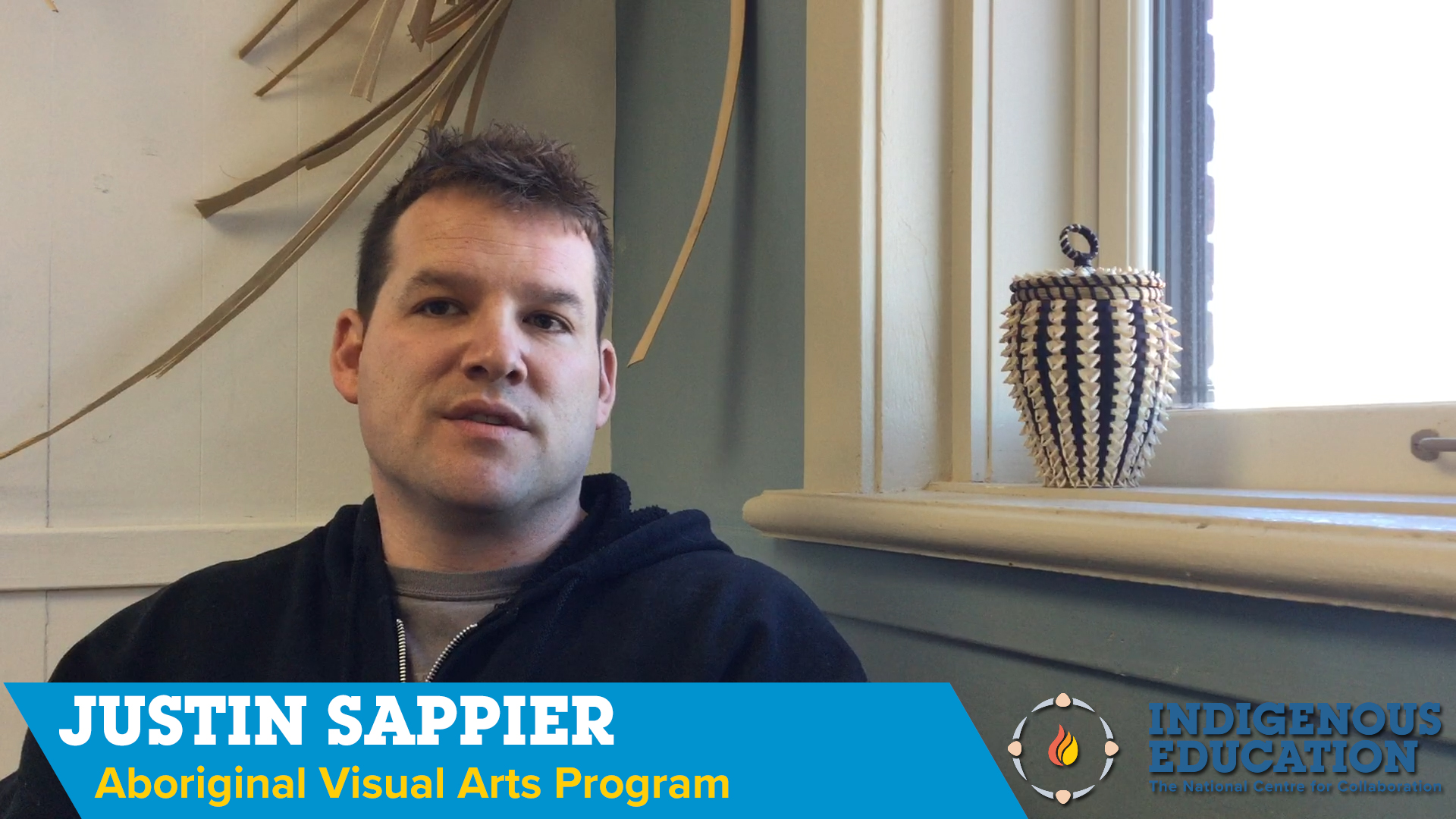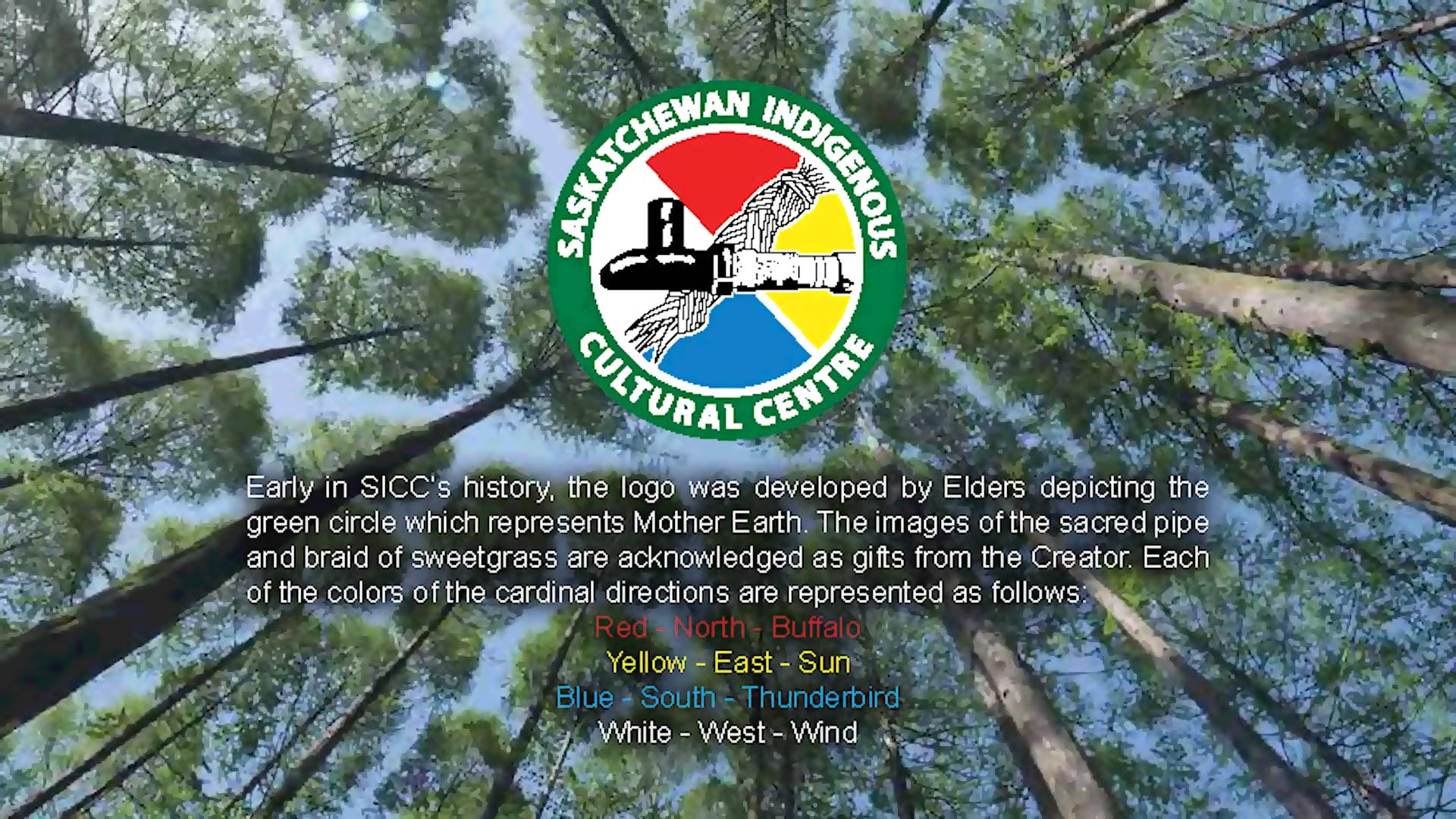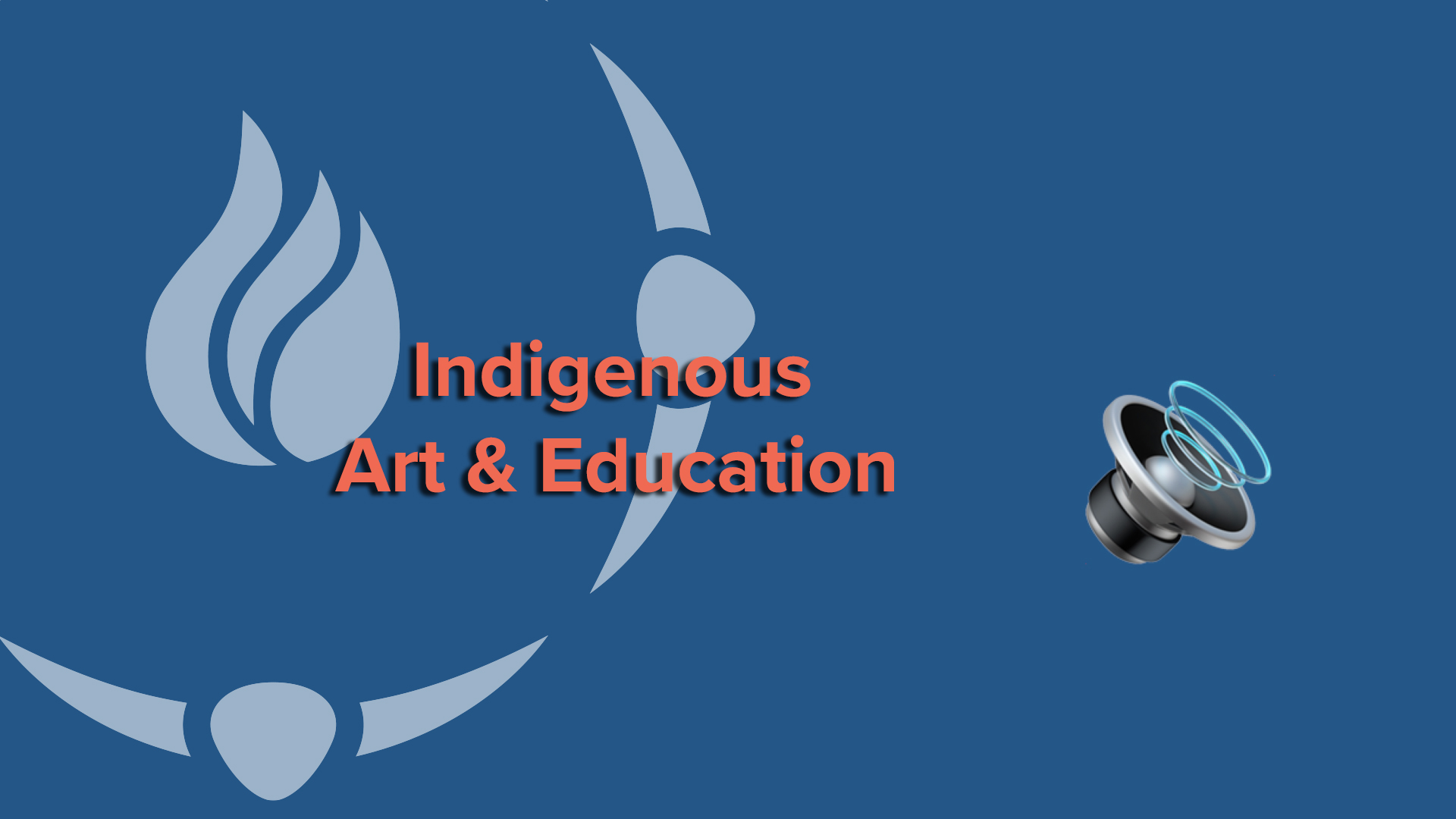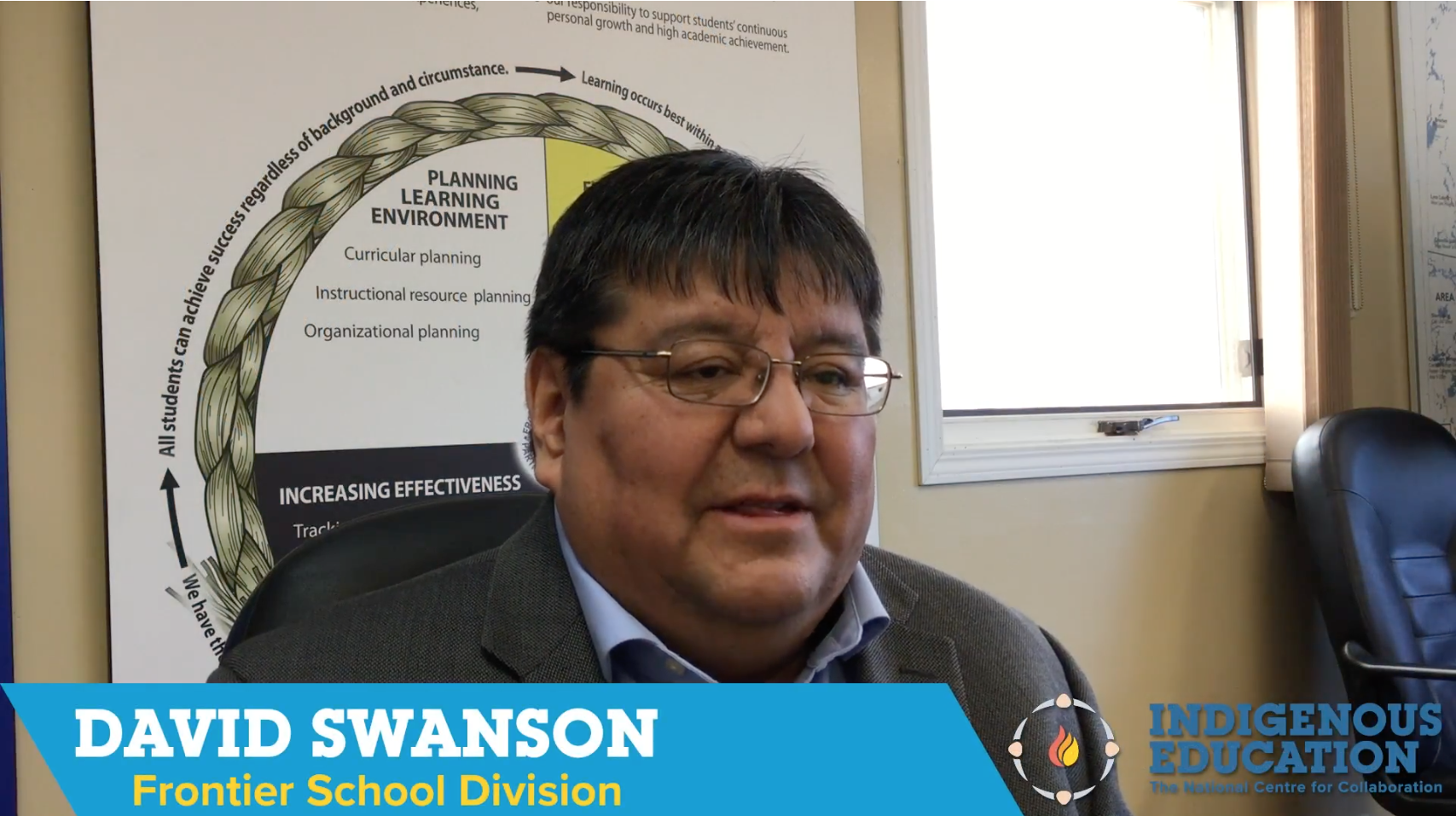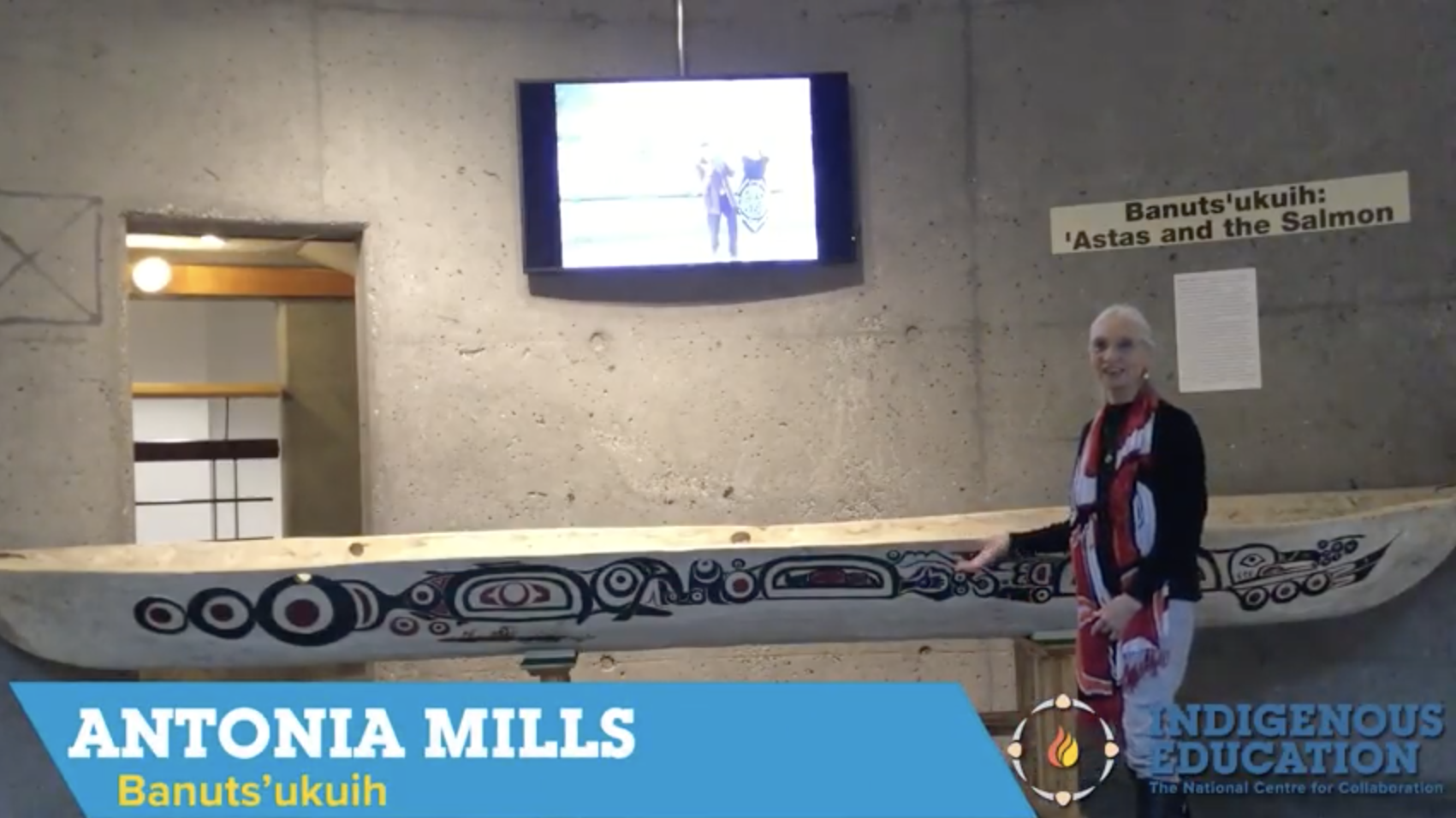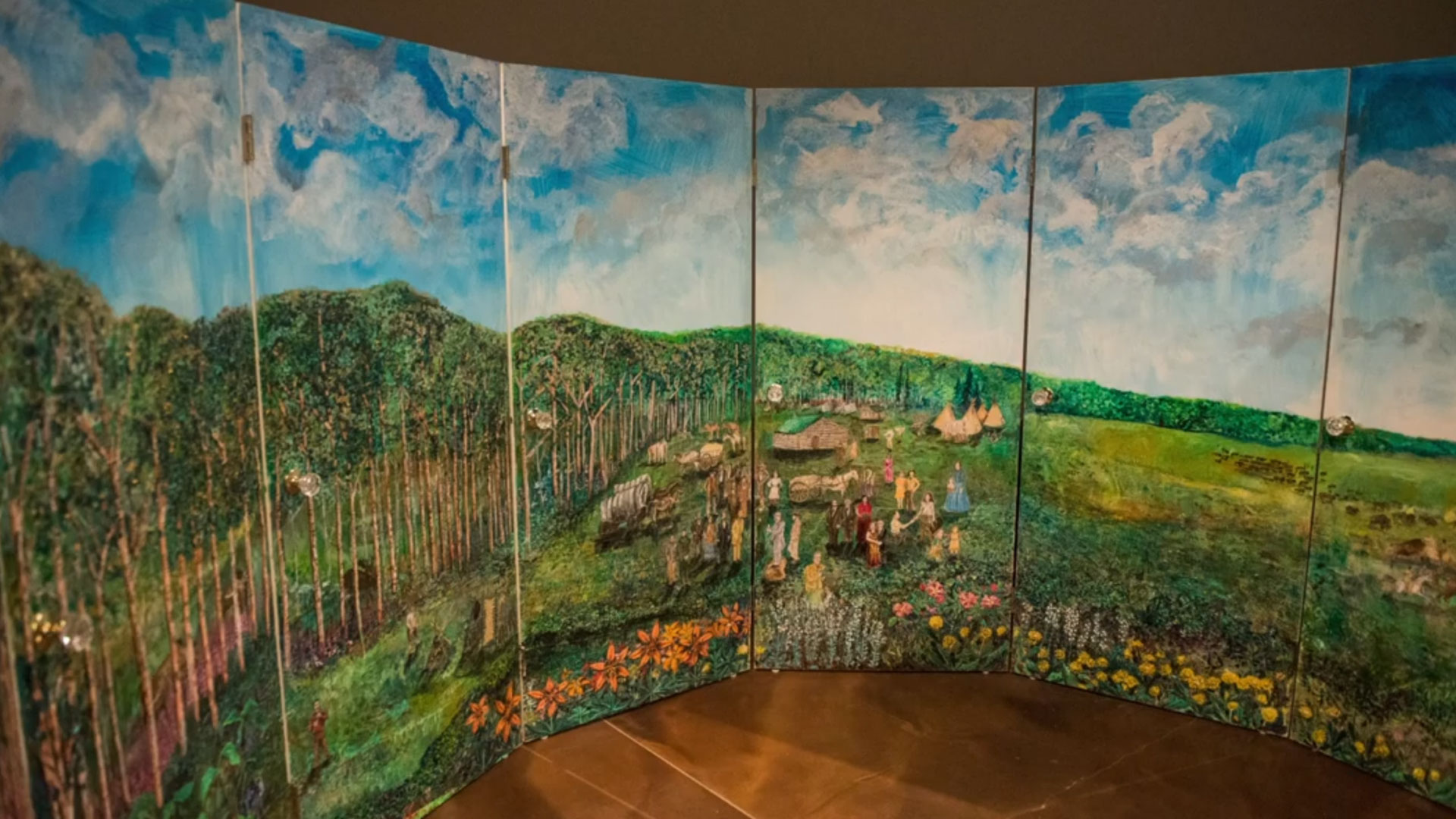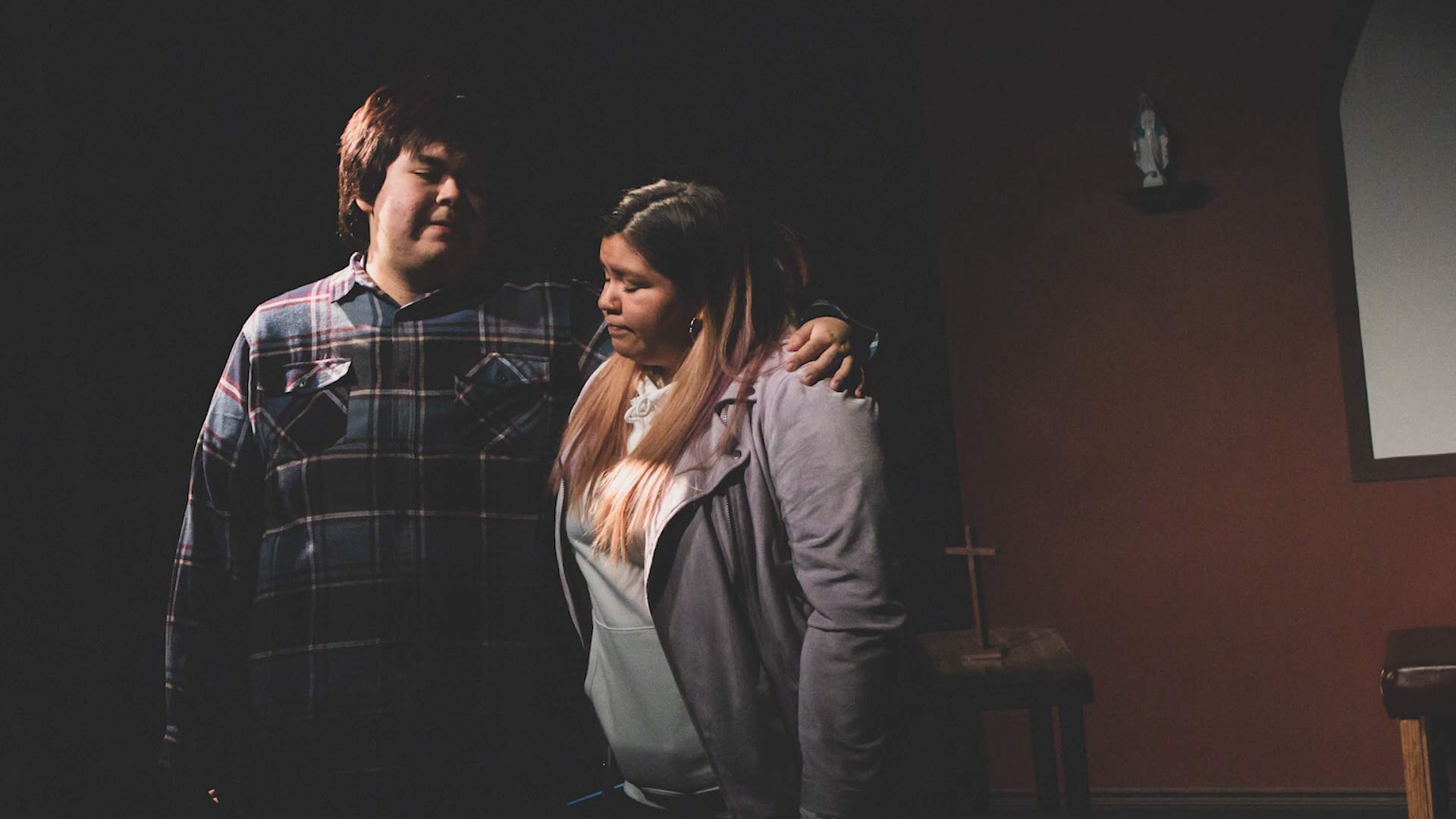χpey̓ Elementary School was developed by the Vancouver School Board in 2012 in response to calls from the community for an education that was culturally relevant for Indigenous youth and encompassing of local and surrounding traditional Indigenous knowledges. χpey̓’s students are largely Indigenous, although the school also has many non-Indigenous students who attend. The teachers at χpey̓ are each Indigenous and bring their own cultural knowledge and experiences to the school. They infuse Indigenous pedagogies into the BC curriculum with the aim of providing classrooms and teaching which encompass a holistic model of education. The school is focused on teaching “the shared worldviews of Indigenous people and environmentalists” and aims to “honour the shared values, experiences and histories of all Indigenous peoples as well as the aspects that make each nation unique.”
“Fostering a sense of identity”: χpey̓ Elementary, The Vancouver School Board’s Indigenous Focus School
χpey̓ Elementary School was developed by the Vancouver School Board in 2012 in response to calls from the community for an education that was culturally relevant for Indigenous youth and encompassing of local and surrounding traditional Indigenous knowledges. χpey̓’s students are largely Indigenous, although the school also has many non-Indigenous students who attend. The teachers […]
